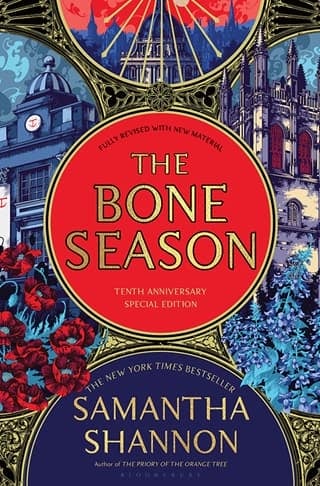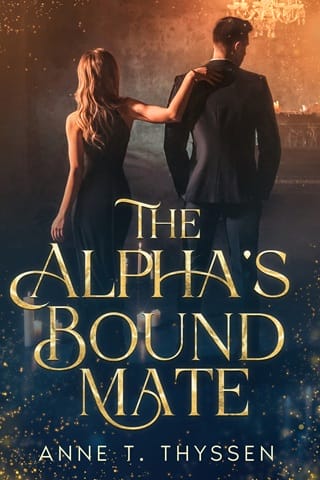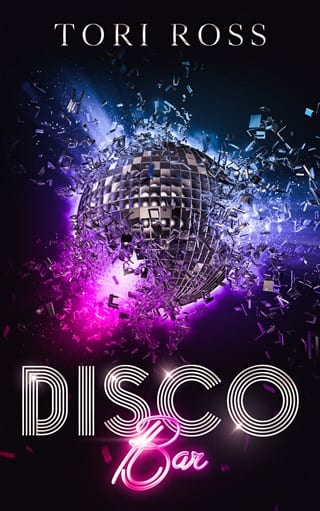The Seven Orders of Clairvoyance
THE SEVEN ORDERS OF CLAIRVOYANCE
The Seven Orders of Clairvoyance is a classification system created by Jaxon Hall in his notorious pamphlet, On the Merits of Unnaturalness (2031). Jaxon proposed that there were seven broad categories of clairvoyant, each linked to an aura colour. The Seven Orders system is currently used by the syndicates of London and Paris, but should not be taken as the only or correct means of thinking about clairvoyance.
The below types of voyant are those listed in the first edition of On the Merits of Unnaturalness. However, in order to keep you in Paige’s perspective, I have classified them as they would be seen in the most recent edition, which she takes as the official version. Some types of clairvoyance are unverified – these are marked with an asterisk – and some are subject to fierce debate on the matter of how they should be categorised. Other types have since been identified or proposed, and more have yet to be discovered.
Note: You do not need to learn the Seven Orders of Clairvoyance by heart to understand The Bone Season. If a type of clairvoyance is especially relevant to the story, Paige will explain it.
I. SOOTHSAYERS
Soothsayers use numa – objects with ethereal properties – to connect with the æther and foretell the future. They are believed to be the most populous group of clairvoyants. Most have purple auras.
The seers are broadly divided into two sub-groups: seers, who use reflective objectives, and common soothsayers, who do not. Jaxon later revised his opinion on certain seers and moved them into the second order (see footnotes).
COMMON
• Acultomancer1 – needles
• Astragalomancer – dice
• Axinomancer – axes
• Bibliomancer – books
• Cartomancer (or broadsider) – cards
• Cyathomancer – cups
• Dactylomancer2 – rings
• Macharomancer – knives
SEERS
• Catoptromancer – mirrors
• Crystallist – crystal balls or shew stones
• Cottabomancer – wine in a bowl3
II. AUGURS
Augurs use the raw materials of the natural world to connect with the æther. Like soothsayers’ objects, these are known as numa. Most have blue auras.
On the Merits of Unnaturalness divided the augurs into two classes: vile augurs, who use the human body for divination, and common augurs, who use other forms of organic matter.
COMMON
• Anthomancer – flowers
• Daphnomancer – bay or laurel leaves4
• Dendromancer – oak and mistletoe
• Sycomancer – fig and sycamore leaves
• Cryomancer – ice5
• Capnomancer – smoke
• Halomancer* – salt6
• Hydromancer – water7
• Libanomancer – incense
• Margaritomancer – pearls8
• Pyromancer – fire
• Halomancer* – salt
• Rhabdomancer – able to locate cold spots9
• Spodomancer – ash
• Tasseographer – tea leaves or dregs
• Theriomancer* – animal behaviour
VILE 10
• Anthropomancer (or splanchomancer)* – human sacrifice
• Chiromancer (also known as palmist) – palms
• Drymimancer – tears
• Extipicist – entrails
• Haematomancer – blood
• Podomancer* – feet
• Oculomancer* – eyes
• Osteomancer – bones
III. MEDIUMS
Mediums have exceptionally permeable dreamscapes, which allows spirits to take over their bodies with relative ease. Trance mediums fall into a state of unawareness when they are possessed, while restive mediums remain conscious. Most have green auras.
• Automatiste (art medium) – favoured by artists’ spirits
• Psychographer (writing medium) – favoured by writers’ spirits
• Physical medium – capable of great feats of strength, flexibility and agility while possessed
• Speaking medium – used by spirits to communicate in a human language, as opposed to Glossolalia
IV. SENSORS
• Gustant – capable of tasting ethereal activity
• Polyglot – capable of speaking and understanding Glossolalia, the language of spirits; may have uncontrollable outbursts
• Sniffer – capable of smelling ethereal activity
• Whisperer – capable of hearing spirits’ voices, but not understanding them
V. GUARDIANS
Guardians exercise a higher degree of control over spirits than most other clairvoyants. Most have orange auras.
• Binder – capable of commanding multiple spirits
• Exorcist* – capable of banishing a spirit without knowing its name
• Necromancer* – capable of animating the dead
• Summoner – capable of calling spirits across great distances
VI. FURIES
Clairvoyants whose powerful abilities are believed to stem from internal transformation, i.e. a change to the dreamscape.
• Berserker – capable of entering a battle trance, fuelled by spirits
• Sibyl – capable of making prophecies in a trance
• Unreadable – capable of deflecting all spiritual interference11
VII. JUMPERS
Clairvoyants with the ability to enter or significantly impact the æther.
• Dreamwalker – capable of projecting the spirit and possessing other people
• Oracle – capable of receiving, invoking and sending visions
1Any voyant who casts their numa as lots may also be called a cleromancer.
2Originally classified as a vile augur until Jaxon discovered they used rings to scry, as opposed to fingers. Nonetheless, the name (from Ancient Greek dáktulos, ‘finger’) stuck.
3Despite some debate, Jaxon has stood by his decision that cottabomancers are seers, given their need for a vessel to hold the wine. However, many cottabomancers see themselves as augurs.
4Any augur who uses plant matter (other than flowers) may be known as a botanomancer. Specific terms like daphnomancy refer to the preferred sort of plant. This also applies to anthomancers, who may choose to define themselves more specifically, e.g. as a rhodomancer if they favour roses.
5Originally classified as a soothsayer, specifically a seer. Jaxon later conceded that the reflective qualities of ice (as well as water and pearls) were less important than its elemental nature.
6Though not yet proven to exist, Jaxon still believes in the possibility of halomancy – a type of abacomancy, a category which would also cover the use of dust and sand. Abacomancy is still a mostly theoretical art, with the exception of spodomancy, which uses ash.
7See footnote for cryomancer.
8See footnote for cryomancer.
9As with certain types of seer, Jaxon debated whether to categorise the rhabdomancer as a soothsayer – since they sometimes cast lots – or an augur. He acknowledged this uncertainty in the first edition of On the Merits of Unnaturalness. Given their connection with ice, as well as their use of dowsing sticks, rhabdomancers are now almost universally seen as augurs.
10The vile augurs faced significant discrimination after the publication of On the Merits of Unnaturalness, which stigmatised their gifts. Many were imprisoned in a slum in Bermondsey, where they remain.
11The process of becoming unreadable is the only known way for a voyant being able to move from one order to another. An unreadable is not born, but created, usually by a traumatic event.
 Fullepub
Fullepub 



